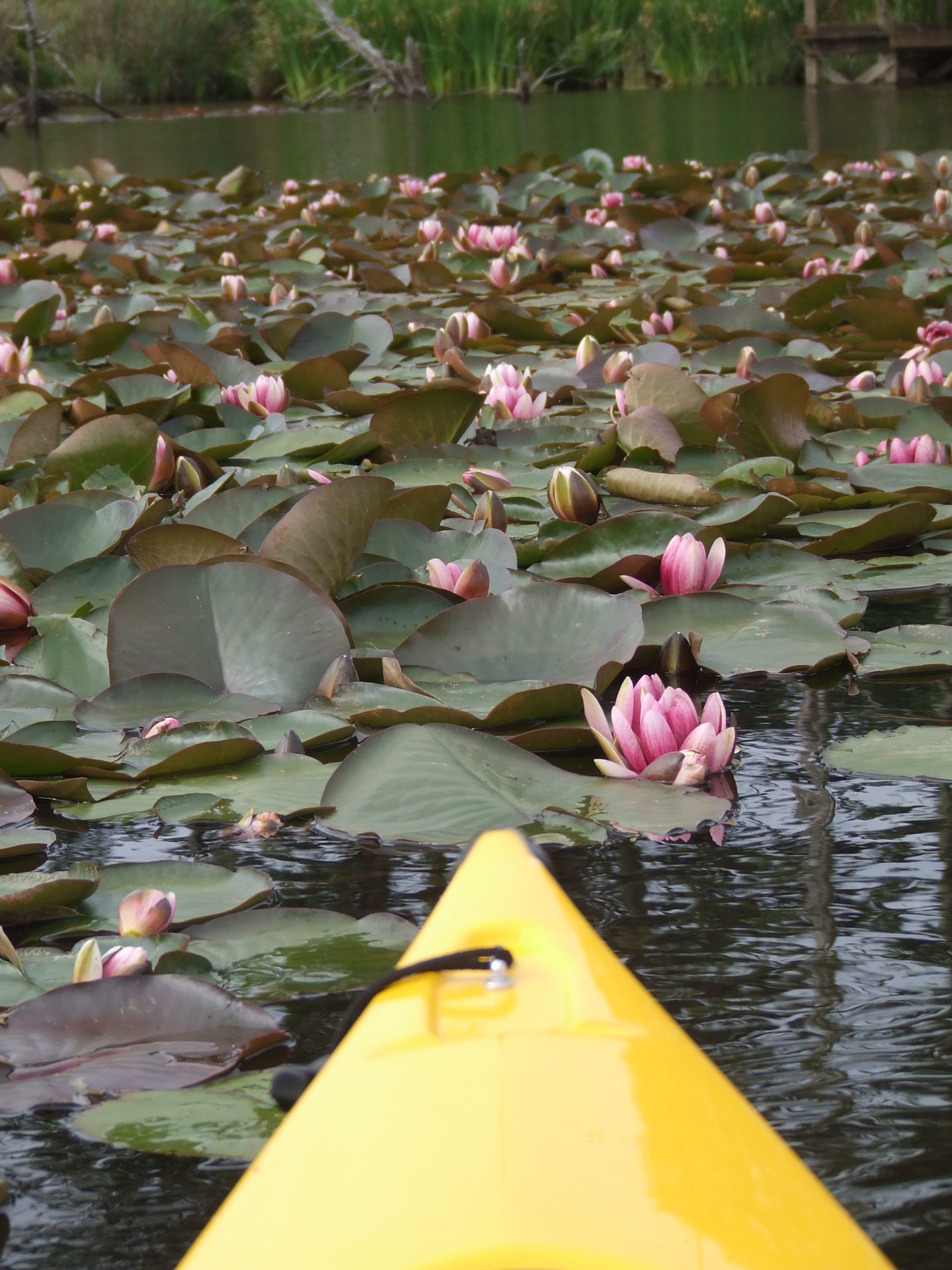The following information includes excerpts from the Water Trail Guides produced by the Tillamook Estuaries Partnership (TEP). Guides are available online at www.tbnep.org or by contacting TEP at 503-322-2222.
Every year, many people underestimate the power and danger of conditions on the water and are not adequately prepared for water recreation. Proper planning is essential for a safe and rewarding experience. Be knowledgeable about local weather, tides, and currents.
The rivers and bays in coastal Oregon are tidally influenced. Many areas drain to mud at low tide. As the tide goes out, the water moves rapidly, so plan to paddle during incoming and slack tides. Tide tables can be found at many local retail establishments as well as on-line.
Converging waterways can create treacherous conditions, especially when the wind is blowing. Heavy rainfalls and storms can bring fresh obstacles that change the character of rivers and bays. Downed trees in the water can be life threatening.
The water temperature is very cold, even in the summer months. Anticipate the chance of getting wet and dress accordingly. Dress in layers and consider wearing a wet or dry suit, booties and gloves. Be familiar with signs and symptoms of hypothermia.
If you are new to non-motorized boating, consider taking classes to improve your skills and knowledge. The Oregon State Marine Board offers a free online Paddlesports Safety Course. www.oregon.gov/OSMB
Help stop the spread of aquatic invasive species. Clean your boat/paddle board and gear thoroughly before transferring to a new water body. Drain, remove, and empty all compartments including areas that may trap mud and debris.
Water Safety Tips
- Consult a tide chart and wind report before scheduling your trip.
- Wear your life jacket
- Carry proper safety equipment
- Let someone know where you are going
- Paddle with a companion
- Never overestimate your skill level
- Scout for water hazards
- Never grab a stationary object while moving on swift water
- State clear of a motorboat’s path
- Position your kayak or paddleboard perpendicular to an approaching wake
- Wear a helmet when in whitewater conditions
- Dress adequately for the water temperature
- Obtain an Oregon Aquatic Invasive Species (AIS) permit, if needed
- Use public access (please stay off private land)
- Pack it in, pack it out
- Respect wildlife
Items to bring when kayaking:
- Life jacket
- Helmet
- Extra paddle
- Drinking water/food
- First Aid Kit
- Non-cotton clothes
- Map/compass/GPS
- Flashlight
- Rope
- Pocket Knife
- Bilge pump
- Sunscreen
- Dry bag
- Whistle
- Cell phone (coverage can be unreliable)
- Oregon AIS permit, if needed

